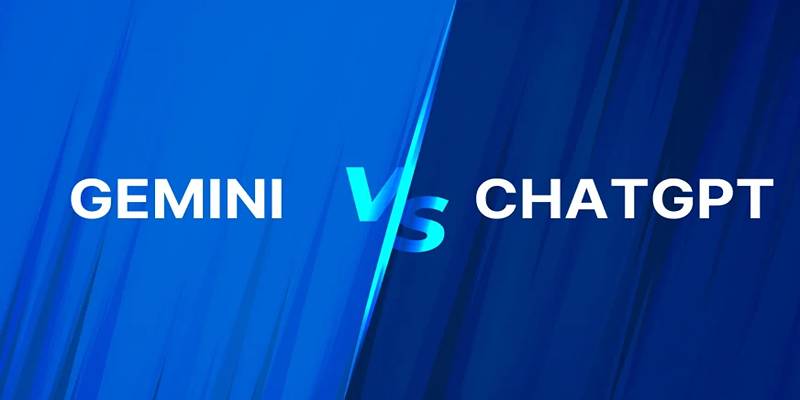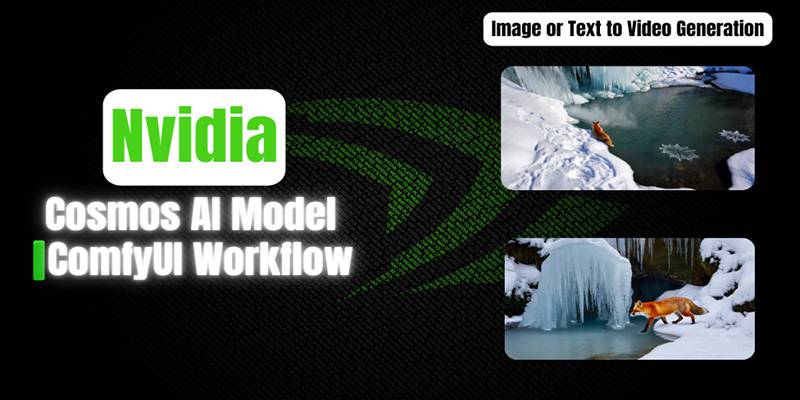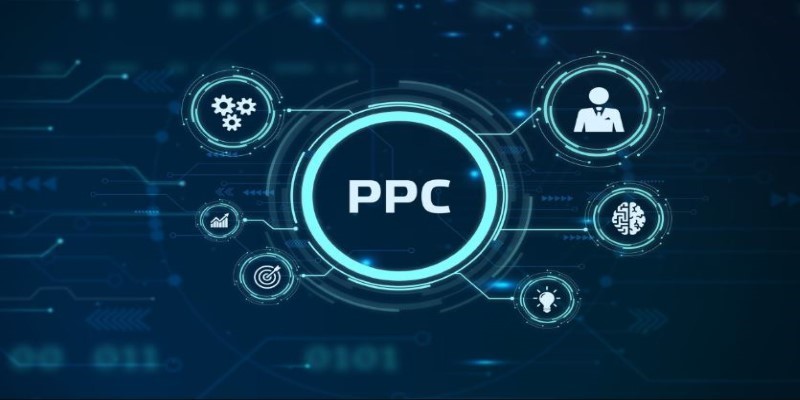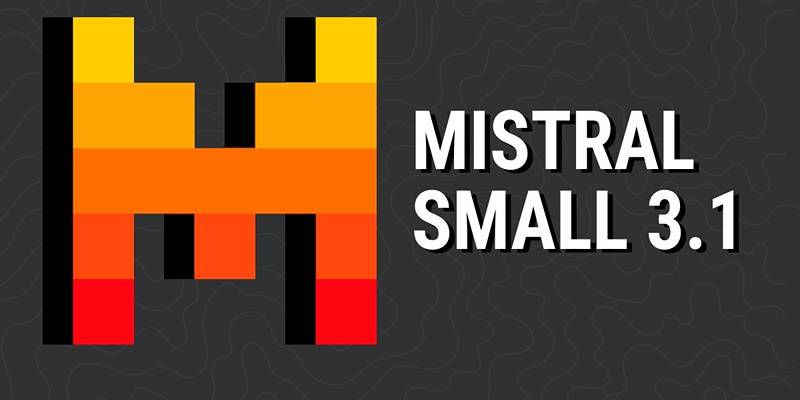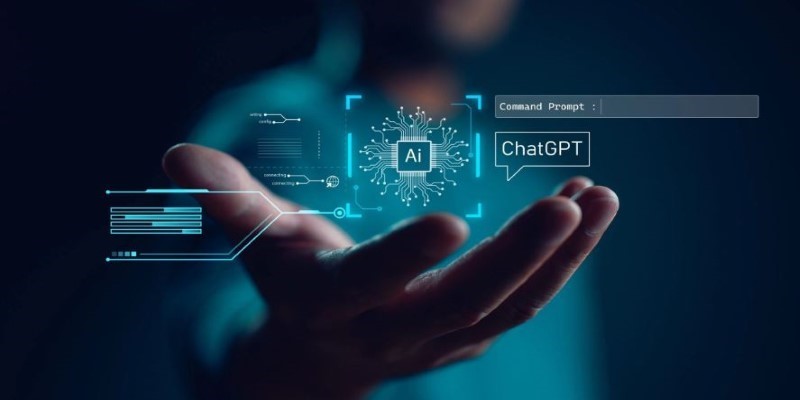In today’s fast-changing AI landscape, accuracy and relevance have become more important than ever. While large language models (LLMs) are impressive, they often struggle with outdated information and generating text based only on their training data. To solve this, developers are now using Retrieval-Augmented Generation (RAG) frameworks, which combine language models with external knowledge sources. It lets applications produce real-time, fact-backed, and context-aware responses.
This post dives into the top 5 RAG frameworks for AI applications in 2025. It compares their strengths, features, and ideal use cases. Each of these tools is helping developers build smarter, more trustworthy AI systems across various industries.
What Is a RAG Framework?
A RAG framework helps AI tools pull information from databases, documents, or APIs and then generate content based on what it finds. Instead of relying only on what the model “remembers,” RAG lets the model access updated data every time it’s asked something.
This structure typically has two main parts:
- Retriever: Finds relevant content or documents from a data source.
- Generator: Uses a language model to create a well-written answer based on what the retriever found.
Together, this setup improves the accuracy, transparency, and performance of AI systems in real-world applications.
1. LangChain
LangChain is currently one of the most popular frameworks for building RAG-based systems. Designed for developers, LangChain helps connect language models with a wide range of external tools, from document stores to APIs.
It supports a variety of LLMs like OpenAI's GPT, Anthropic’s Claude, and open-source models such as LLaMA. LangChain makes it simple to chain tasks, such as retrieving documents and generating answers, in just a few lines of code.
Key Features:
- Modular and flexible design
- Works with multiple vector stores (Pinecone, FAISS, Chroma)
- Includes memory, agents, and tool integrations
Best For:
- Custom AI agents
- Document-based Q&A bots
- Research tools and personal assistants
LangChain is particularly helpful for developers building apps where multiple tools, memory, and reasoning steps are needed.
2. LlamaIndex (formerly GPT Index)
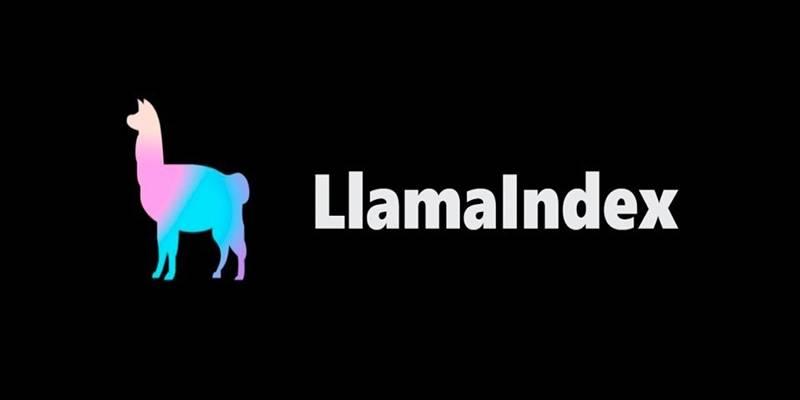
LlamaIndex is another open-source RAG framework that makes it easy to connect large language models with various data sources like PDFs, databases, and web pages. It’s known for its simplicity and focus on efficient indexing.
This framework is useful for transforming raw data into a structured form that language models can understand and use. It also includes tools to track source references, giving users confidence in the responses generated.
Key Features:
- Simple setup and intuitive design
- Supports structured and unstructured data
- Works well with LangChain and OpenAI
Best For:
- Internal document search systems
- Educational tools
- Lightweight enterprise AI
LlamaIndex is ideal for developers who want a lightweight solution to bring real-time knowledge into AI applications without complex configuration.
3. Haystack by deepset
Developed by deepset, Haystack is a powerful open-source NLP framework for building search, question-answering, and chat applications using RAG architecture. It’s known for being production-ready and scalable. Haystack allows developers to set up retrieval pipelines using a wide range of backends like Elasticsearch, Weaviate, or FAISS. It also supports Hugging Face models and OpenAI generators.
Key Features:
- Modular pipeline setup
- Easy integration with databases and APIs
- Ideal for building high-traffic AI services
Best For:
- Enterprise-grade AI search tools
- Legal, medical, and academic content systems
- Scalable AI chatbots
Haystack is widely adopted in industries where accurate, document-based answers are essential—making it a go-to choice for real-world business apps.
4. Cohere RAG Platform
Cohere, a leading provider of language models, offers a managed RAG pipeline that makes it easy for teams to build smart applications without hosting infrastructure. Its system blends document retrieval and generation in a seamless API-driven platform. This platform is favored by startups and businesses looking for fast development and scalability. Cohere’s hosted solution ensures strong performance without the setup overhead.
Key Features:
- Fully hosted, no infrastructure needed
- Powerful API with easy documentation
- Enterprise-ready performance
Best For:
- SaaS integrations
- Customer-facing AI tools
- Knowledgebase assistants
With Cohere, developers can focus on building product features instead of worrying about retrieval or server management.
5. OpenAI Retrieval Plugin
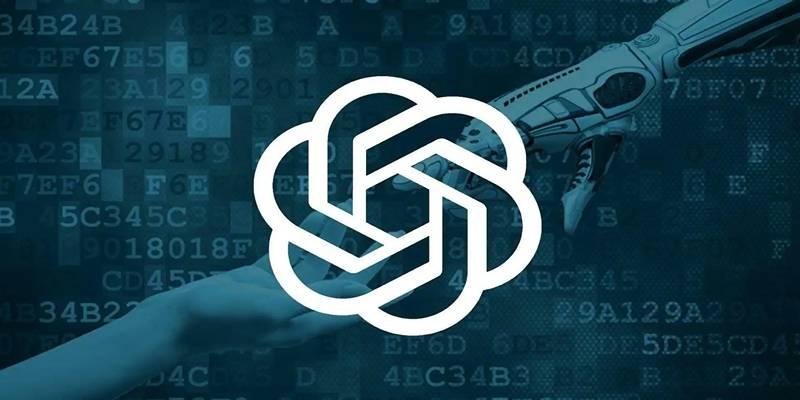
For teams already using OpenAI models like GPT-4, the OpenAI Retrieval Plugin offers an easy way to add RAG capabilities to ChatGPT or custom applications. This plugin allows models to search private data, documents, or even cloud storage systems and return grounded responses. It’s also compatible with vector databases like Pinecone, Supabase, and Weaviate.
Key Features:
- Simple setup within OpenAI’s ecosystem
- Secure file upload and search
- Real-time response generation from personal data
Best For:
- Personal productivity tools
- File-based Q&A assistants
- AI features inside existing OpenAI apps
The plugin is especially useful for developers who already rely on OpenAI’s suite of tools and want to enrich their apps with real-time information.
Benefits of Using RAG Frameworks
The demand for real-time, fact-checked responses is growing. RAG frameworks fill the gap between general AI capabilities and the need for accurate, updated data access.
Advantages include:
- Better accuracy: Combines external facts with smart generation
- Reduced hallucination: Less chance of made-up answers
- Source transparency: Helps users trust responses
- Domain adaptability: Great for niche or fast-changing industries
- Scalable performance: Can handle large sets of data effectively
From customer support to legal research, RAG tools allow AI to act more like a knowledgeable human assistant—always informed, always relevant.
Conclusion
RAG frameworks have become a vital part of the AI development toolkit. They bring live data, structured reasoning, and more trustworthy outputs into AI apps across industries. As language models continue to improve, the value of connecting them to up-to-date information will only grow. The top 5 RAG frameworks—LangChain, LlamaIndex, Haystack, Cohere RAG, and OpenAI Retrieval Plugin—each serve different needs. From personal projects to enterprise platforms, these tools help turn static AI into responsive, knowledgeable systems.
